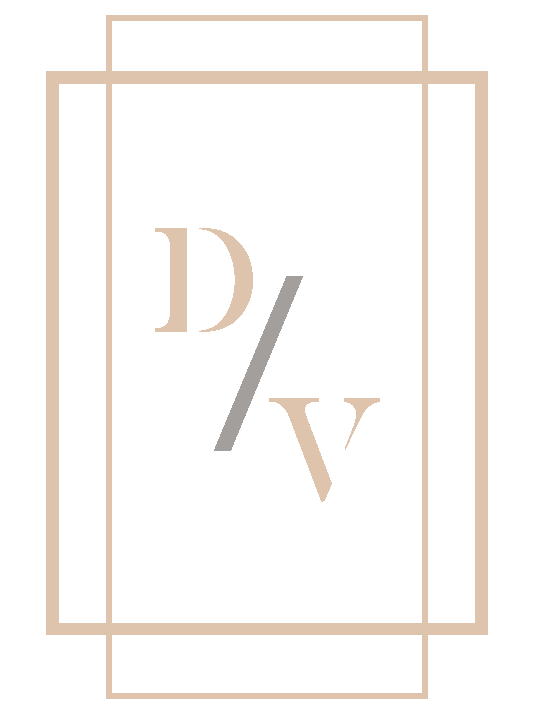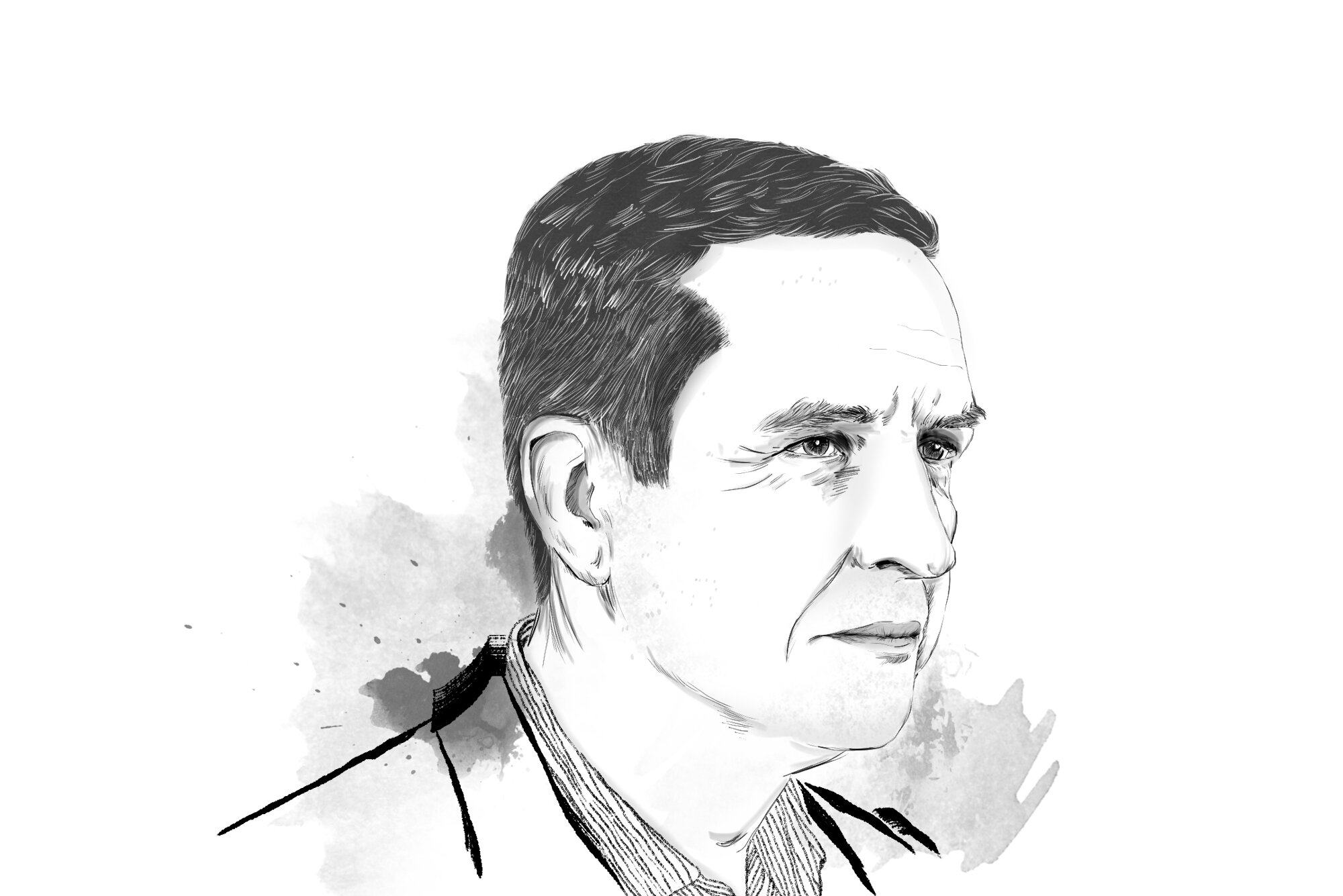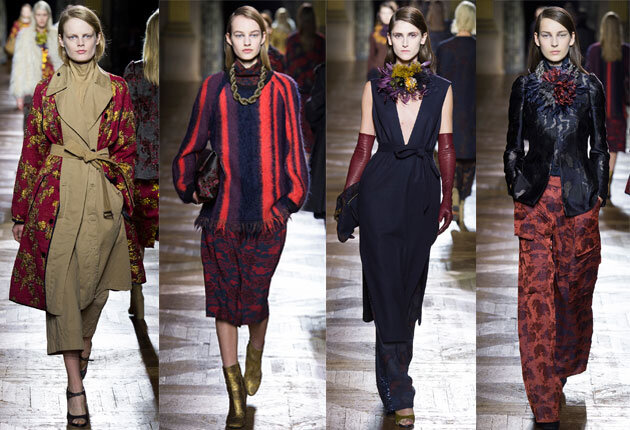Dries Van Noten
If you were to look up the definition of cult designer in the dictionary, the name Dries Van Noten would written next to it. Since the Belgian designer launched his label in 1986, he has become a favourite with editors and real women thanks to his poetic designs that defy trends and time.
In addition to countless of awards, over the years he has cultivated a successful empire that includes men’s, women’s and accessories collections while still remaining independent. Last year he received the ultimate accolade when he became the subject of a major exhibition at the Musee des Arts Decoratifs in Paris titled Dries Van Noten: Inspirations, showcasing his motivations.
During the recent Paris season I had the privilege of interviewing the designer who spoke candidly about the future of his label, fashion and his passions. Read on to catch a glimpse of the inner workings of Dries Van Noten.
Why did you choose a career in fashion?
It’s difficult to say why I chose fashion. It was there from the beginning, but for someone like my brother it was also there, but he hated it and became a doctor. The journey for me was different – it became something.
[Fashion] was a natural choice, because it gives so much freedom. As fashion designers we have a horrible rhythm. Unlike other artists who can decide when to show something, we have to show it whether it’s ready or not. But it has its advantages in that we still we can create something that can touch a person in their soul. For me clothing is something that should be used by people as a way of expression.
Designers today are all about shock tactics but you have stuck to your aesthetic over the years while still evolving …
I want to move forward but I don’t need to shock to do that. Gentle progression for me is enough. Every season I have to surprise myself and the team. I say if we did this last season, start all over again with something else. Even if the end result is or isn’t quite close where you ended last season, the trip of the creation is the most interesting
You studied engineering and architecture – when did fashion come into the picture?
Ironically I studied architecture not to necessarily practice it – I thought it was a good base education to do other things. From the start, I wanted more than one career, but it was a good foundation to understand how design relates to culture and the cities around it.
Your real fashion education started when you interned at Fendi. What did you learn?
The importance of product versus the brand and how they relate to each other. It started to understand why things are deemed luxury, commercial, high fashion or high street. Being in tune with that is the first part to building brand, then making design decisions in response to that is the second part.
Why did you start Off-White?
There are ideas in art that generally don’t have a place in fashion. There’s Warhol the work, then there’s the theology behind the work. It has a heightened value because it’s embraced by culture which puts it on a certain pedestal. It’s the same with Off-White – that’s how its designed and made. It relates to younger people but has a different sensibility that uses things from classic luxury to stand on. That’s where the name comes from – it sits in its own world, in between black and white.
Customers at the end of the day are looking for a brand, not clothing. You’ve had clothes since you were born, but the only reason you shop is because you are looking for something beyond that. You wear a brand to reflect who you are. Clothing that exists on streets is like this – you aren’t buying it for utility, it’s for the name, or to add to your personality so when someone sees you they can understand what’s beneath. Branding is what you are making, clothing is the means to an end.
Why did you decide to position the brand within the luxury realm?
In the space of true contemporary clothing there is no room for ideas. People buy clothes to buy clothes. This is completely different to say designer clothing – I look at it like art. You can buy art anywhere but if you buy it from a person who has a specific feel and is making something a specific way, it’s exciting.
Dries Van Noten autumn/winter 2015
Tell us about your latest autumn/winter 2015 collection Grounded Glamour…
It’s surprising at the moment to me, but men are more fashionable than women. They dare to go further. Women are just scared to go fashionable – it’s not safe, it’s boring! The collection is a reaction against that. I wanted to have fun with clothes. We looked at images of Jane Birkin, Isabella Blow, Anna Piaggi – strong women with an opinion, who didn’t care at all and wore clothes they liked.
What’s the secret to creating clothes women love?
I am not afraid of emotion; for me fashion and emotion are kind of linked. There are a lot of designers who try to banish everything, which is emotion from their clothes and shows.
At the same time I don’t make pieces to put in a museum. I want to see women wear my clothes. They need to be bold and colourful but at the same time they stay honest or neutral. You can really play with any of my pieces – you can belt it, roll the sleeves, combine it in a lot of ways. I never dictate how it should look.
Many things inspire you as a designer but art more so than others. What’s the connection for you?
Art makes me think. More than just the superficial like colours, you can dig deeper, and try to understand the artist and what s/he wanted to say with the artwork. What it tells me may be completely different to what the artist meant to do. There are so many different layers to look at in art and playing with those layers makes it fun for me.
How has the industry evolved since you started?
Fashion is not existing anymore. Look at what’s happening. The high street stores and all the fashion holdings with press, the whole system has killed itself a little bit I think. The red carpet, the celebrities, so much has changed.
I like the fact you show something on the catwalk and have to wait a while to get it. This idea of ‘click to buy now’ is something quite scary for me. The time you have to wait for it to come into store creates such a special feeling.
Social media has become essential for any brand but at Dries Van Noten you have always adopted a less is more approach. Why?
I have witnessed so many changes not only in the industry but the world especially with how we communicate. It’s just different and everything has its advantages and disadvantages. So yes we have Instagram, and we are on Facebook, but I want to do it in a discreet way that we do the other things. I don’t want the brand to be in your face everywhere. Discretion is how we built the company – many people ask me what was the business plan or marketing behind it, but it grew organically. I don’t want to do things for the sake of it, I do it the way I am comfortable.
You personally prefer to keep a low profile. Do you find this more challenging in an era where designers are becoming celebrities?
I am very much a part of the industry. It’s not like I don’t want to have anything to do with the fashion industry, I just don’t feel I need to attend every party in Paris. That’s more a thing of why people don’t see me. I want to keep it limited. I have other things to do in my life than being everywhere on the red carpet.
You are also one of the few designers who continue to remain independent…
I am proud that we are completely independent and self-financed. Now you have conglomerates its hard for young designers to stay independent even if they wanted to. I have my responsibilities to those who have invested in stores with us and our manufacturers. I just want to do what I feel right for me and my company. If there’s a day where it’s not right to stay alone, I may do it. Never say never.
What about the day that you want to stop designing?
Succession is important of course but what I think about more is the responsibility of running a company where people are working and living from. It’s a lot of people I am responsible for. I am building up a good team in case something would happen to me or for the future.
Your business is based in Paris but your home is in Antwerp. Why shuttle between two places?
Paris is practical for me – it’s two hours by train from Antwerp. Paris is the hub of fashion but Antwerp is one step back – it’s not too small, there’s fashion yet I can be in the countryside.
My passion is gardening. Life now is so social and fast while gardening has a slowness with an immediate result. You can mow the grass and see the results an hour later. Fashion for me is long term. I create the fabric and it takes weeks before it arrives. That being said I don’t think I would ever give fashion up for gardening.
How would you like to be remembered?
What I am really working on, and it’s something I am appreciated for, is respect for the skills and craft. Since the beginning we have used small manufacturers and continue to give them work every season. Otherwise they wouldn’t survive. Preserving the craft is a legacy I would love to leave behind.
A version of this interview first appeared in the South China Morning Post


